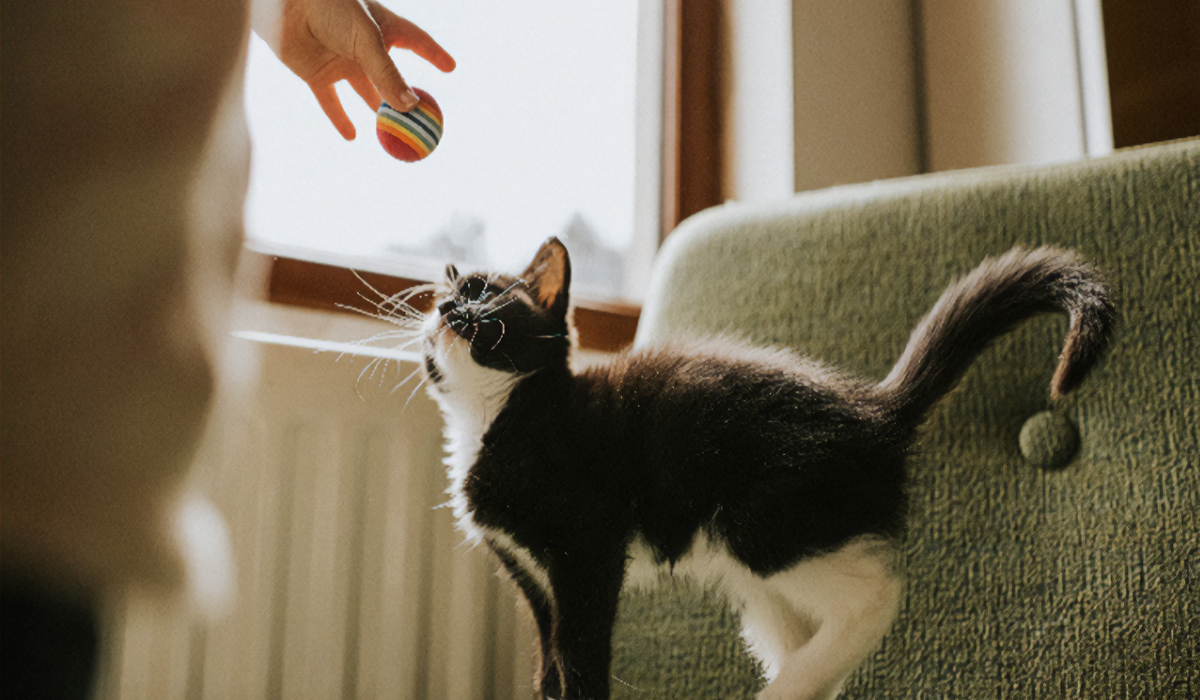As a final and practical wrap up to Modules 6 and 7, we will look at a model to help adjust to unfamiliar situations, and use it to apply the skills needed for ongoing development.
Janet and Milton Bennett created the Description, Interpretation, and Evaluation (DIE) model in the 1970s. Its objective was to help people view unfamiliar or ambiguous situations from multiple perspectives and to suspend judgment when interacting in new cultural settings. A fourth step, Verification (V), was later added. This model, because of its practicality, is still widely used today in intercultural training programs.
We will now look at the DIVE model, go through each of the steps, and put it into practice. First, select an ambiguous image or video, or a scenario which demonstrates a misunderstanding. This serves as the medium of analysis for the model.
Description
First describe what you see using objective and observable criteria. When reviewing the item, answer the following questions:
- What do I see?
- What are the facts?
Once you’ve answered these questions, you may want to ask yourself if others would agree with your descriptions. If not, go back and refine your statements.
Interpretation
Next, move from objective descriptions to subjective interpretations. At this stage, make statements on what you believe may be happening (using multiple perspectives). Your interpretations should answer the following questions:
- What is my first thought on what is going on?
- What are other interpretations? (at least 3-4)
You are not expected to be in full agreement with others. In fact, if you’re working on this activity with a partner or small group, it helps to build as many interpretations as possible. Also, don’t worry about making assumptions at this point.
Verification
At this point, try and verify information with someone who: may have more insight, is part of the cultural group you are observing, or can provide more context for what you are viewing. You may be able to do some side research as well to learn more. Two things to consider at this step.
- You may not be able to verify, because you may not have access to the right people or resources.
- You may be provided with misleading information from the support person or resource. You may need to follow up and ask more questions to confirm or deny the reliability of the information.
Evaluation
The last step of this model is to evaluate the various interpretations you’ve come up with. Review each one and express your feelings on each of the interpretations (positive, negative). The main question you want to ask when reviewing each interpretation is:
- How do I feel about what I think is going on?
The more you challenge yourself to think of both the positive and negative side of your interpretations, the more you can practice shifting perspectives, adjusting your world view, and ultimately suspending judgment of situations.

Let’s go through a simple example:
Description
- There’s a cat on the furniture.
- Someone has a ball.
- It seems that the person wants to play.
- There’s a window behind the cat.
- The cat is dark-grey and white.
- Its tail is bending downward.
- There is a radiator beside the cat.
For the most part, everybody would agree on the objective descriptions. The exception is found in the bolded statement. Words and phrases such as: like ‘seem’, ‘appears’, ‘I think’, all suggest interpretation. Does the cat really want to play? This is an assumption which should be reserved for the next step.
Interpretation
- The cat and person want to play, and the ball is the cat’s favorite toy.
- The cat is not allowed on the furniture, so the person is using a ball to persuade it to move.
- The cat is not very impressed and wants to be left alone.
- The person wants to sit on the sofa after a long day at work and the cat won’t move.
Verification
- I really don’t know what’s going on in this situation. I don’t know any of the context and I don’t know whose photograph this is. I’ll move onto the next step.
- I know the photographer, so I’ll ask her for more context. She should be able to verify some or all the information.
Evaluation
- The cat and person want to play together– They are companions, and this makes me feel good.
- The cat is not allowed on the furniture, so the person is using a ball to persuade it to move – It annoys me that the cat is on the furniture.
- The cat is not very impressed and wants to be left alone – I feel a bit negative about the cat’s attitude.
- The person wants to sit on the sofa after a long day at work and the cat won’t move. – 1) It bothers me that the cat is indifferent to the person’s request, or 2) It makes me happy that they have such a playful relationship.
Let’s imagine for a moment that you look at the photo and immediately jump to a negative judgment of the cat and its indifference.
Later you find out that the photo was taken to commemorate the moment that the cat was reunited with its owner after a very long absence – a positive experience undermined by quick judgment. Imagine the impact a negative judgment could make in other more serious, important, or culturally ambiguous situations.